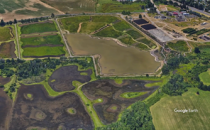
In July 2019, NRG Systems tested its Bat Deterrent System at Fernhill Wetlands in Portland, Oregon.


In July 2019, NRG Systems tested its Bat Deterrent System at Fernhill Wetlands in Portland, Oregon.
As the wind industry’s adoption of Lidar technology continues to grow, Doppler Lidar has been gaining ground as a more flexible, lower-cost, and safer option for hub-height measurements than lattice towers.
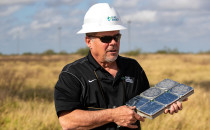
Duke Energy Renewables recently published an article on their Illuminations website chronicling their experience with bat conservation and NRG's Bat Deterrent Systems.
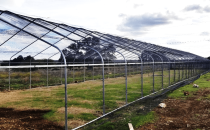
Bats are notoriously difficult to study due to their small size, nocturnal habits, and penchant for hiding during daylight hours. Therefore, we were particularly excited when researchers from the National Renewable Energy Laboratory (NREL) asked NRG to take part in an innovative study exploring how bats interact with ultrasonic acoustic deterrents.
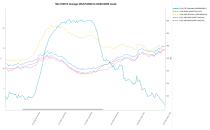
There are several improvements introduced in the BP60 Barometric Pressure Sensor, but perhaps the most important is the introduction of native temperature-compensation.
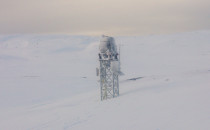
With numerous Lidar technologies used for wind measurement today, it is fair to wonder which device is best suited for use in cold climates. ZX Lidars has spent a considerable amount of time analyzing how their Doppler Lidar technology, ZX 300, performs in clear-air, low-backscatter conditions typical of high latitudes.
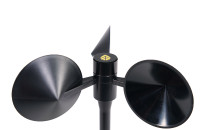
For applications within the wind energy industry, it is critical to capture wind speed data that fall within the power curve of the various turbine models being considered for the project, so that an accurate estimate of future energy production can be calculated from the wind speed data set.
Read on for an overview of the latest software releases for the SymphoniePRO Data Logger, SymphoniePRO Desktop Application (SPD), which is now at version 3.8.1.
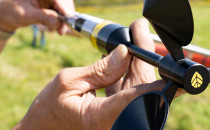
With the introduction of the NRG S1 Anemometer in August 2019, NRG Systems conducted a round-robin S1 calibration study. The intent of the study was to quantify in a transparent way the differences in calibration results that NRG customers should expect from the three industry-leading wind tunnels that provide calibrations for NRG anemometers.
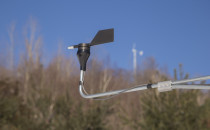
We would like to inform you that NRG Systems is preparing to retire the 110S Temperature Sensor and the 200P Wind Vane.